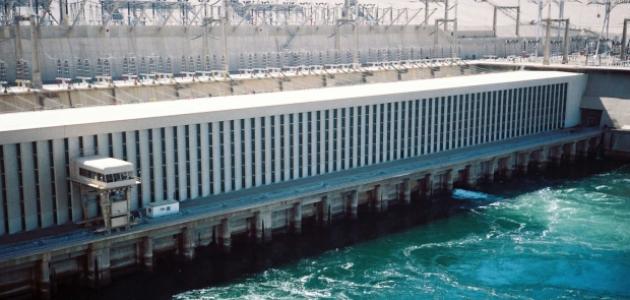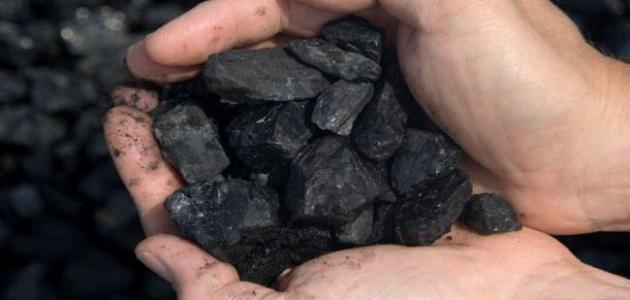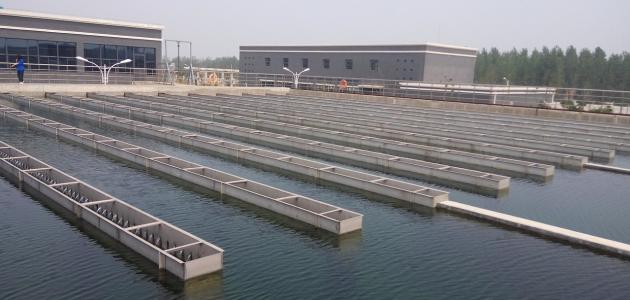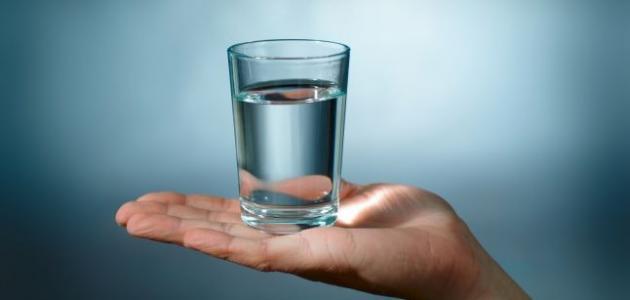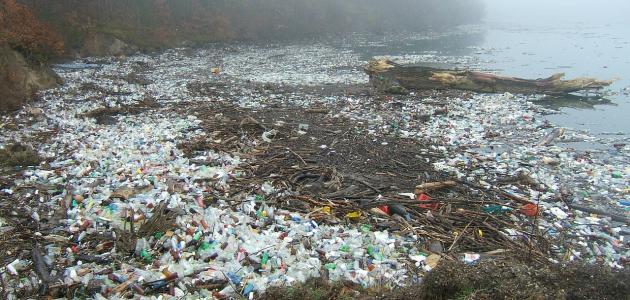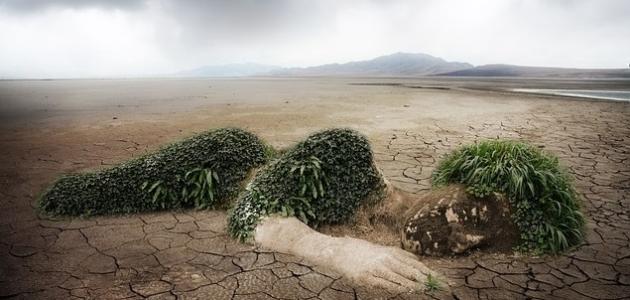water treatment
Treating water means subjecting it to several stages of purification with the aim of making it suitable for human use, whether for drinking, agriculture, or any other use, such as industrial fields. The matter mainly depends on getting rid of plankton and other forms of pollutants in the water, or reducing their proportions so that they are suitable for use. allocated to it later, and among the forms of water treatment operations; Treatment of seawater and river water, in addition to wastewater and dam water treatment, the details of which we will mention in this article.
Stages of dam water treatment
- Screening: The water is passed through sieves, to purify it from large objects. The most prominent of which are leaves or tree branches, or pebbles and large stones, in addition to any other solid blocks.
- sedimentation: It is the second stage in which the water moves to a large basin, equipped with aluminum sulfate, or any chemical substance determined by the experts, and it plays the role of sedimentation, as the weight of the floating impurities becomes heavier than the water, so they settle at the bottom of the basin, and are disposed of through the withdrawal technique.
- Purification: During this stage, the water passes through a layer of sand, i.e. a filter, whose thickness is not less than eighty centimetres, and not more than one hundred and fifty centimetres. The aim of doing this is to expel traces of particles or impurities, and to filter the water. It is noteworthy that the filter is cleaned regularly, so that solids do not accumulate. in it.
- Sterilization: Sterilization is the final stage of water treatment, and it includes three mechanisms that we will mention below:
- Sterilization with chlorine gas: It is the most common method used to sterilize dam water, in which chlorine gas is added in specific amounts in order to get rid of microorganisms, and chlorine dioxide is also used to improve the taste of the water.
- Sterilization with ozone gas: It is an expensive sterilization mechanism, but it has good results in this regard, as one to four milligrams of ozone gas is added to a liter of water, to eliminate colored substances and any substances that may cause disease.
- Ultraviolet sterilization: During this, the water is exposed to ultraviolet rays for a specific period, because of its high effectiveness in killing bacteria and viruses that are harmful to human health and life.
- Note: After sterilizing the water with ozone gas, it is filtered with activated charcoal, which is the same process as sand filtration, but during which the water is passed through a layer of activated charcoal, in order to eliminate organic materials, in addition to heavy metals, and unpleasant or unacceptable odors in the water, not to mention Unpalatable taste.
General reasons for treating dam water
- Ridding it of the forms of pollution to which it may be exposed; Such as sewage leaking into it, or exposure to the effects of radiation and chemicals caused by means of war and military conflicts.
- Use it for drinking purposes.
- Irrigation and watering of crops.
